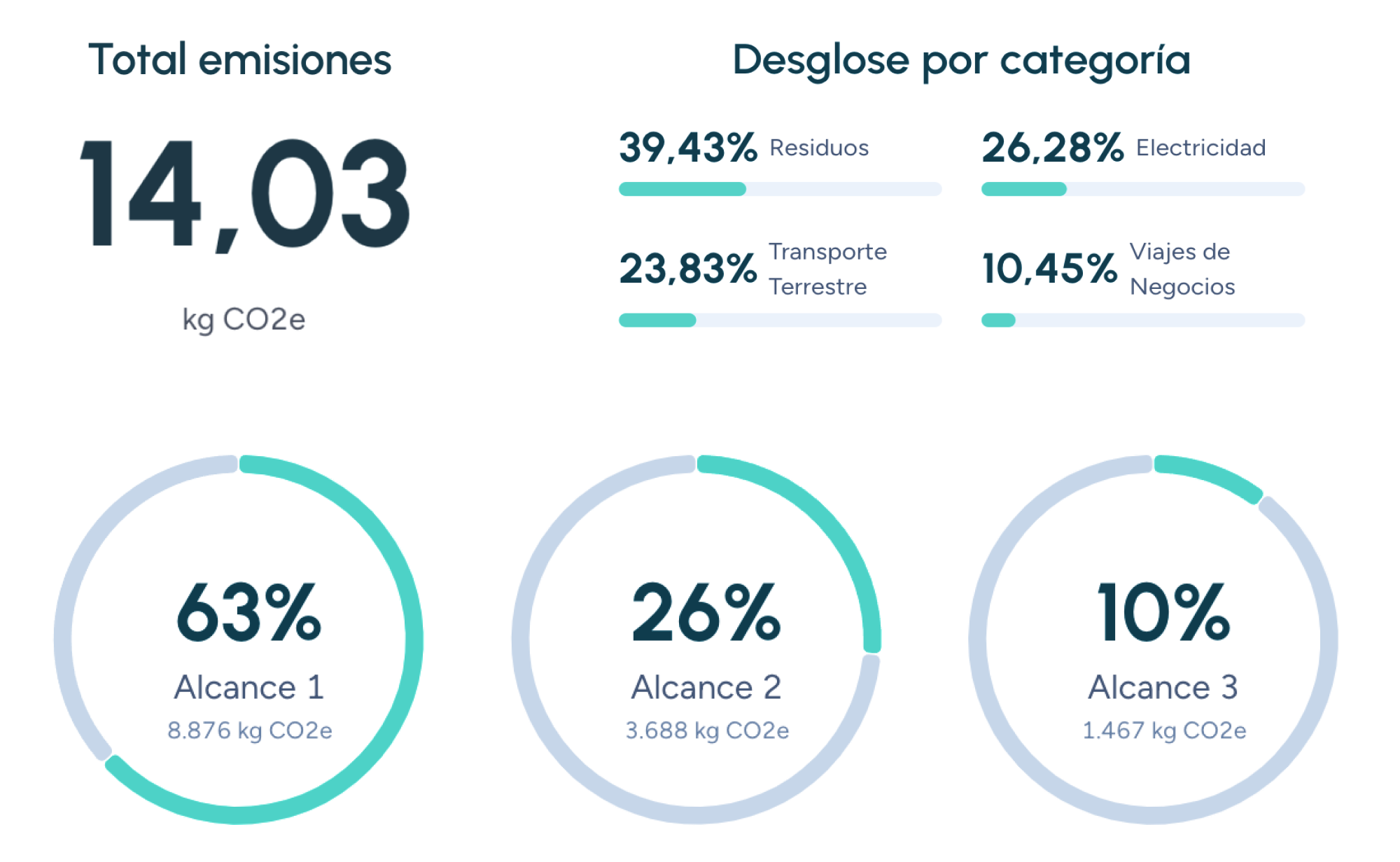E
Environmental impact
Environmental impact refers to any change in the environment, whether adverse or beneficial, as a total or partial result of an organization's activities, products, or services. It is a broad concept that encompasses various impacts, from air and water pollution to biodiversity loss and climate change.
Types of environmental impact
Environmental impacts can be classified as:
- Positive or negative: Some impacts benefit the environment, such as tree planting, while others cause harm, such as water pollution.
- Direct or indirect: Direct impacts result from an action itself, such as greenhouse gas (GHG) emissions from burning fossil fuels. Indirect impacts occur as a consequence of the primary action, such as rising sea levels due to global warming.
- Cumulative: Cumulative impacts arise from the accumulation of small impacts over time, such as habitat loss caused by gradual deforestation.
- Synergistic: Synergistic impacts occur when two or more impacts interact and create an effect greater than the sum of their parts, such as the combination of air pollution and acid rain.
Measuring environmental impact
There are different methods to measure environmental impact, depending on the type of impact being assessed. Some of the most common methods include:
- Life Cycle Assessment (LCA): LCA evaluates the environmental impact of a product or service throughout its entire life cycle, from raw material extraction to final disposal.
- Ecological footprint: This metric measures the amount of biologically productive land and water required to produce the resources consumed by a population and absorb its waste.
- Carbon footprint: The carbon footprint measures the total amount of greenhouse gases emitted by an organization, product, event, or individual.
What is the carbon footprint?
The carbon footprint is an environmental indicator that measures the total amount of greenhouse gases (GHG) emitted directly or indirectly by a human activity, product, service, or organization. It is expressed in tons of carbon dioxide equivalent (tCO₂e), a unit that allows for the comparison of different GHGs' impacts.
What are greenhouse gases, and how do they relate to the carbon footprint?
Greenhouse gases (GHGs) are gases in the atmosphere that absorb and emit infrared radiation, leading to the warming of the Earth's surface. This phenomenon, known as the greenhouse effect, is essential for life on Earth, as it maintains a habitable global average temperature. However, the increased concentration of GHGs in the atmosphere due to human activities is intensifying the greenhouse effect, causing accelerated global warming and climate change.
The main GHGs included in carbon footprint calculations are:
- Carbon dioxide (CO₂)
- Methane (CH₄)
- Nitrous oxide (N₂O)
- Hydrofluorocarbons (HFCs)
- Perfluorocarbons (PFCs)
- Sulfur hexafluoride (SF₆)
What are the scopes of the carbon footprint?
Carbon footprint calculations can cover different scopes, depending on the emissions included:
- Scope 1 emissions (direct emissions): Emissions from sources owned or controlled by the organization, such as fossil fuel combustion in company facilities.
- Scope 2 emissions (indirect energy emissions): Emissions associated with the generation of electricity, heat, or steam consumed by the organization.
- Scope 3 emissions (other indirect emissions): Emissions occurring in the organization’s value chain, such as those from business travel, goods transportation, product usage, and waste management.
Why is measuring the carbon footprint important?
Measuring the carbon footprint is crucial to:
- Understand environmental impact: It helps organizations identify and quantify their GHG emissions, allowing them to assess their contribution to climate change.
- Identify reduction opportunities: By knowing their emissions sources, organizations can implement measures to reduce their carbon footprint, such as improving energy efficiency, using renewable energy, or optimizing logistics.
- Comply with regulations: More and more countries are implementing regulations to reduce GHG emissions. Measuring the carbon footprint allows organizations to demonstrate compliance and avoid potential penalties.
- Enhance corporate image: Companies that care about the environment and take steps to reduce their impact improve their corporate image and reputation among customers, investors, and society at large.
References
- Intergovernmental Panel on Climate Change. (2021). Climate Change 2021: The Physical Science Basis. Contribution of Working Group I to the Sixth Assessment Report of the Intergovernmental Panel on Climate Change. Cambridge University Press.
- Greenhouse Gas Protocol. (2004). The Greenhouse Gas Protocol: A Corporate Accounting and Reporting Standard. World Resources Institute and World Business Council for Sustainable Development.
Companies that trust us

Blue Water Footprint
The blue water footprint represents the volume of surface and groundwater withdrawn from rivers, lakes, reservoirs, and aquifers to produce goods and services.
Blue Water Scarcity
Blue water scarcity is an indicator that compares the consumption of surface and groundwater resources (blue water footprint) with the availability of renewable freshwater within a river basin over a specific period.
Blue carbon
Blue carbon refers to the carbon stored in coastal and marine ecosystems, such as mangroves, seagrass meadows, and salt marshes.
Guiding businesses towards net-zero emissions through AI-driven solutions.
© 2025 Manglai. All rights reserved
Política de Privacidad


